Is Daniel Larusso to blame for the rise of the Design Sprint? Maybe, but he’s not alone.
At Wolfcub, we love any story where there’s a montage. Yup, you heard it right, that staple formula integral to 80s cinema where the main character needs to work through a problem or challenge by learning a new skill or gaining a new perspective.
They start out a complete novice not knowing how to progress, and we can empathise – we feel their pain!
Then, usually kicked off by a gloriously synthetic drum beat, there’s the sequence in the middle of the film, with a barrage of fast-cut shots set to some kind of inspiring music. During this ‘motivational montage’, we see our protagonist going through a series of, at times baffling exercises (wax on, wax off, anybody?) as they work, try, fail, learn and practice over and over until they get to where they need to be.
When the music fades out, our soon-to-be hero is a bona fide expert. They feel good, and you feel good for them! It’s going to work out okay!
Mr Miyagi – Head of KarateWe make sacred pact. I promise teach karate to you, you promise learn. I say, you do, no questions.
Zero to Hero
The thing everybody loves about a montage (including us!) is how neatly that sequence wraps up the process of exploration, discovery, learning, trying and failing until the desired outcome is reached. Mad skills or enlightenment, or perhaps both!
Our lead goes from someone with a problem (new kid in town with no friends who doesn’t know karate and is struggling to get the girl?) to champion of the impossible, making the epic sensei a BFF for life, winning the tournament, and getting the girl!
Zero to hero. What’s not to like?
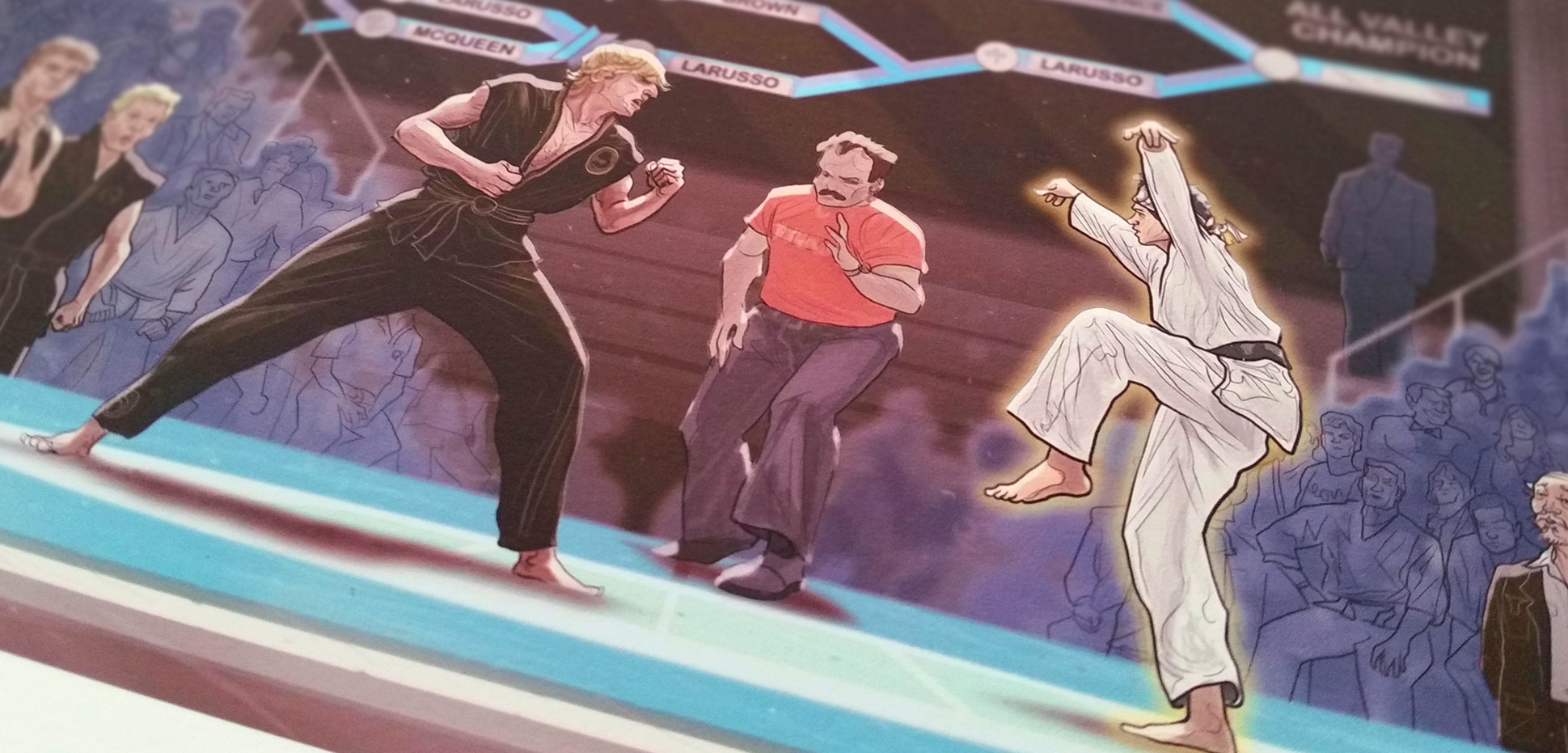
Why training montages are a lie
A training montage makes for great movie fodder (fun fact: Sylvester Stallone’s Rocky IV is actually more than 30% montage – it’s not all the Karate Kid’s fault!) but back in the real world, life’s just not like that. And that’s incredibly disappointing.
It’s the shock of time and effort vs the desired outcome in a given timeframe that’s likely to blame for this sense of disillusionment. Sorry to break it to you, but in life, there are no montages.
However, there’s no shortage of products and services tempting you with a montage-like shortcut From getting fit quicker via that app that says it can get us ripped in 7 minutes a day.
In the digital world, where it’s hard to go a few minutes without hearing about a startup or established organisation that’s scaled their operation fast, and not feel that pang of “I wish I knew the trick to moving quickly like those guys! If only we could have a montage…!”.
Looking for a better way
There’s often a criticism of the ‘karate kid generation’, for want of a better term, that grew up with a skewed sense of how much time and effort it takes to achieve something great.
So when the D
A process which promises in 5 days to help teams launch new products or services
Sounds like a montage to me…
Is the sprint a clever ruse?
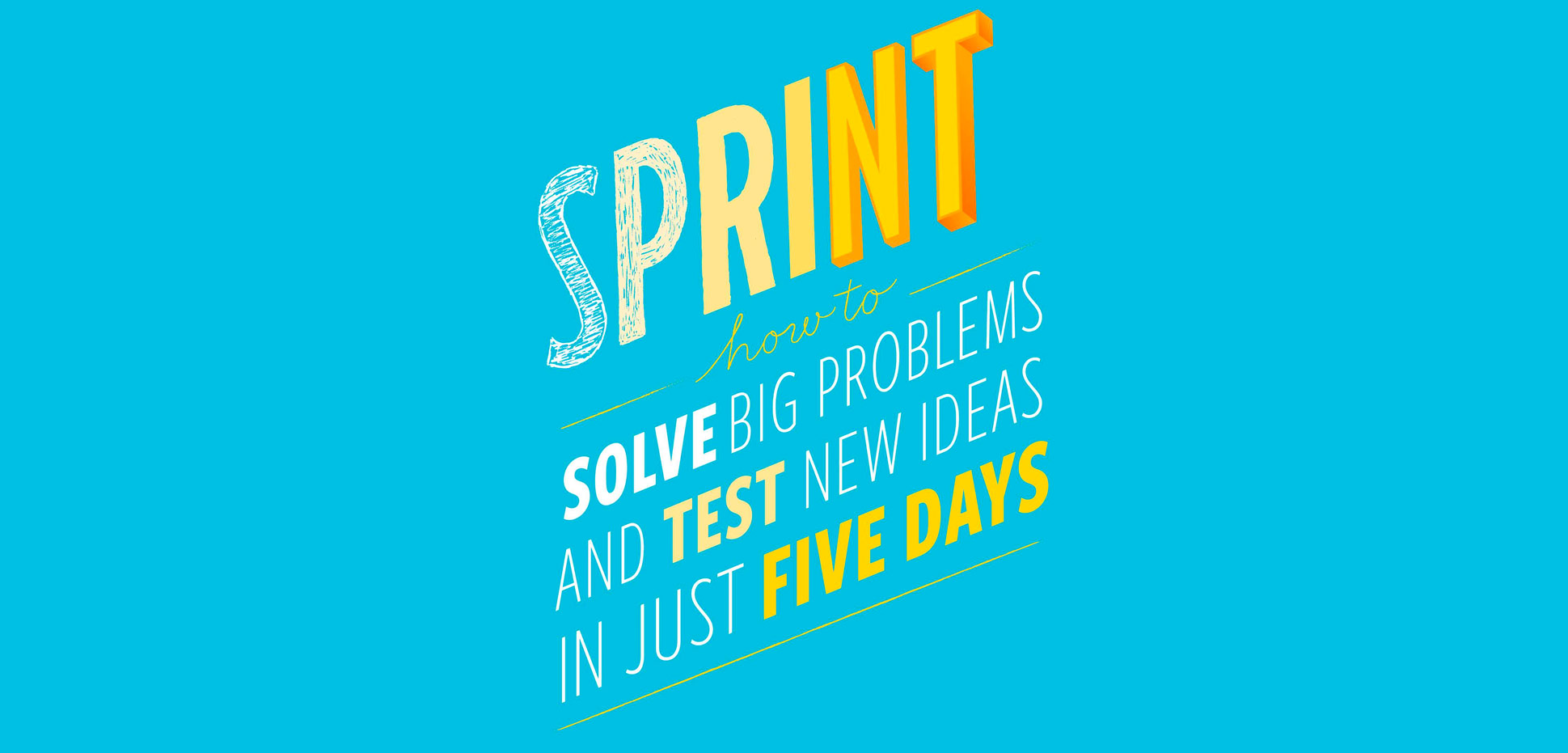
The Design Sprint claims to be able to take an idea which is as infantile in its development as Daniel Larusso’s karate skills when he first gets roughed up on the beach by his adversary Johnny, and within a few short days, have something to show for your efforts you can be super proud of.
Karate trophy anyone?!
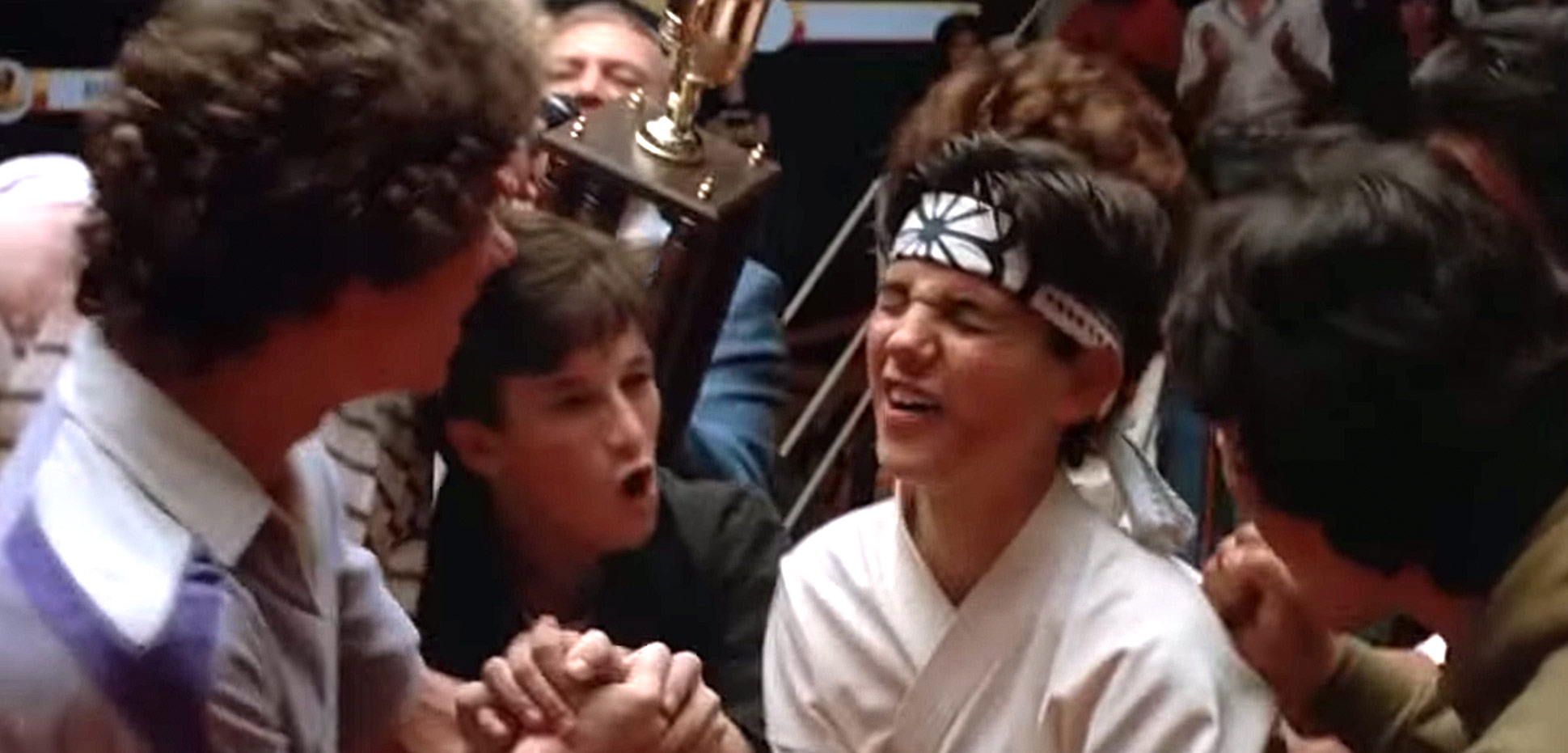
It’s the stuff of dreams for product teams stuck in a slow design and development cycle, where the barriers to rapid progression, whether they’re financial, political,
So is the D
We think not.
Finding your Miyagi
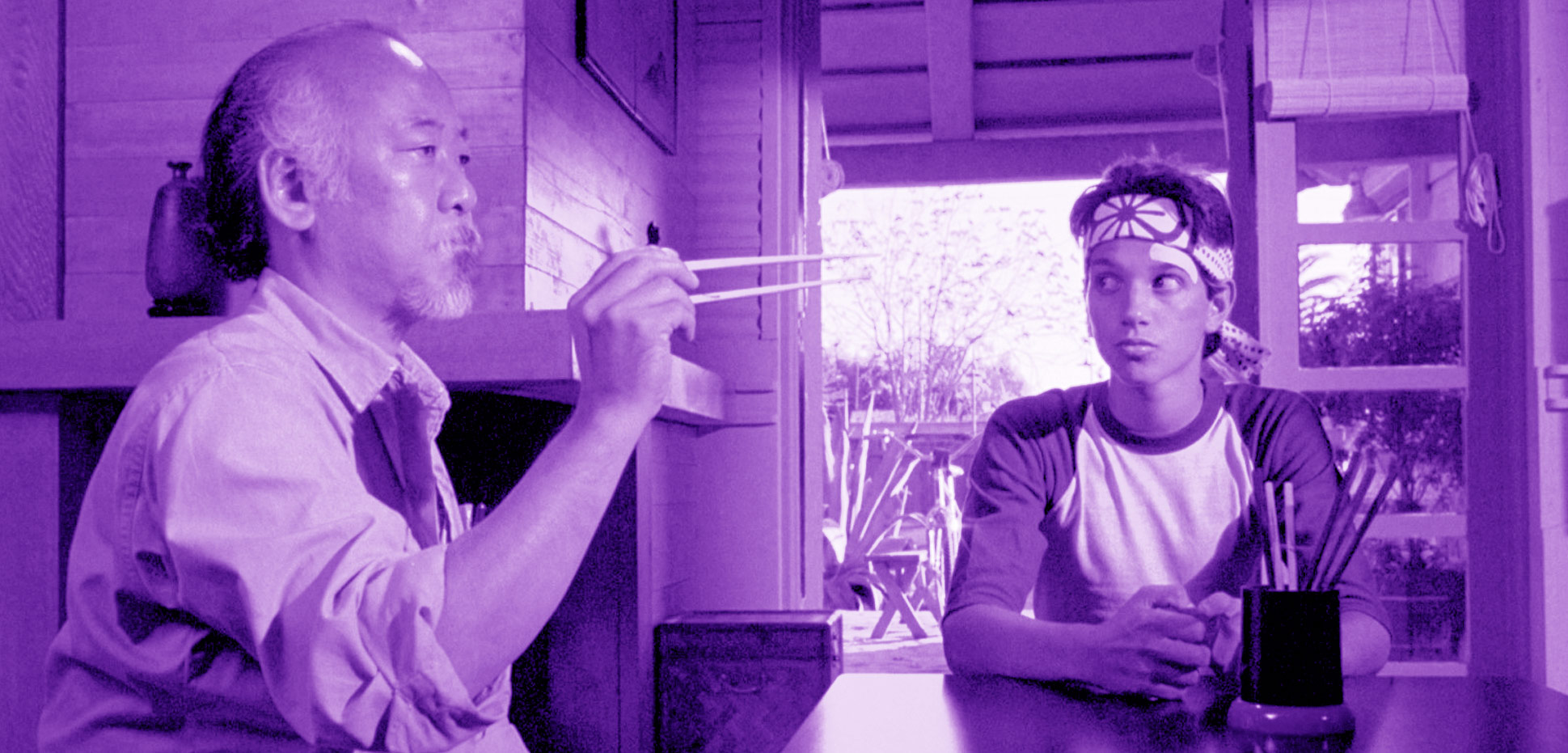
Like our hero’s legendary mentor, the great Mr Miyagi, and his process for Karate greatness, the D
Wax on, Wax off.
The thing is, often as individuals and even more so in groups, we can be overcome by the granularity of problems or challenges we’re facing.
If you’ve hit walls like these before, you’ll know what I mean:
• We can’t get the (insert name here) department to work with the (insert name here) department.
• The design team can’t keep up with the development team.
• We know where we want to go, but we haven’t got it all down yet – and we don’t know where to start.
•
• We want to test our idea before we commit to a full development process and
This is where the Design Sprint comes in.
You’re on a path to find that moment of
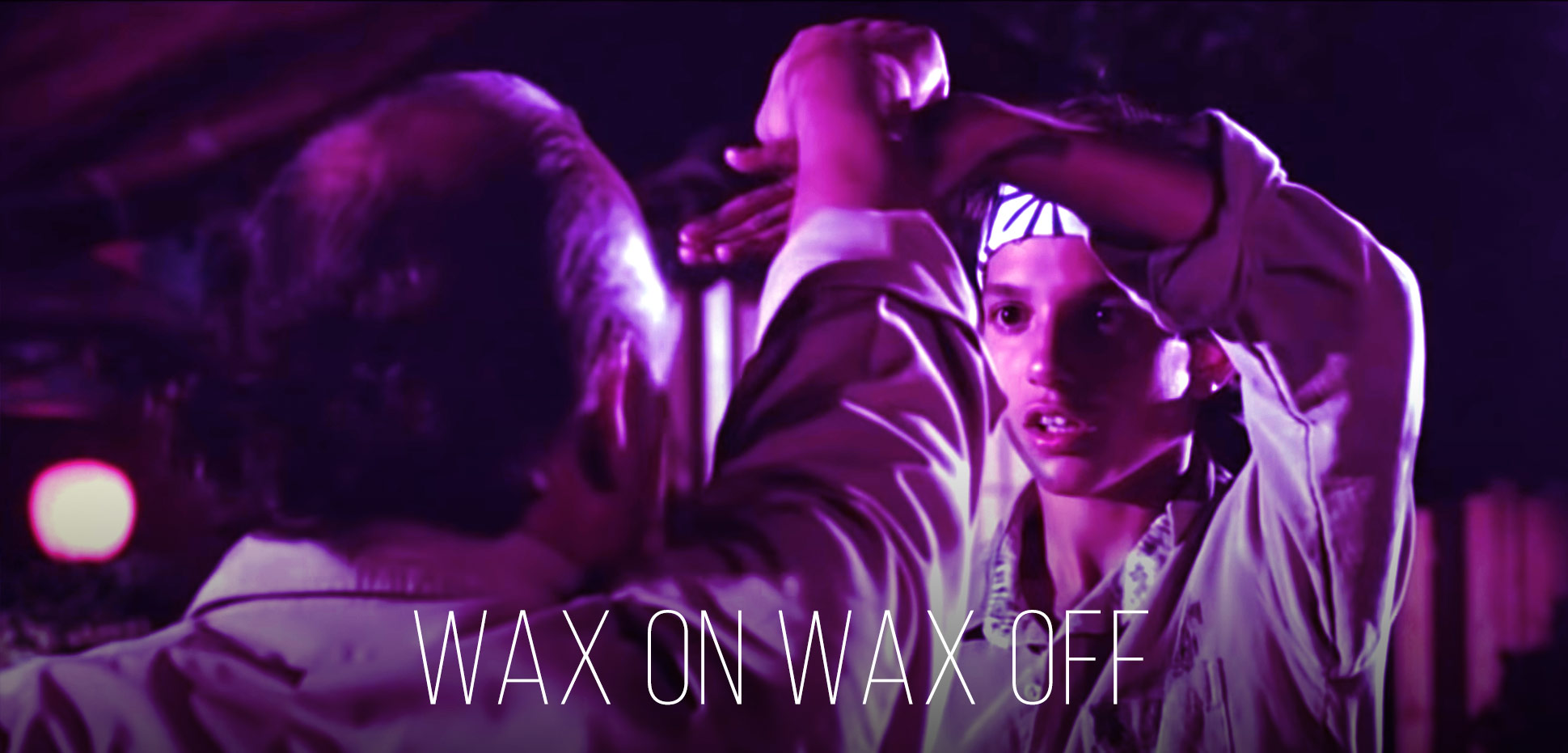
Design Sprints: Montage in real life
The Design Sprint allows teams to break down the process of discovery and validation, trial and error, into methodical laser-focused activities, each contributing a part of the overall process we need to go through to achieve clarity and purpose for our idea.
At times, particularly at the start of a sprint, the exercises and activities involved may appear not to fit in terms of the bigger picture – just as a montage is often more spectacle than sense.
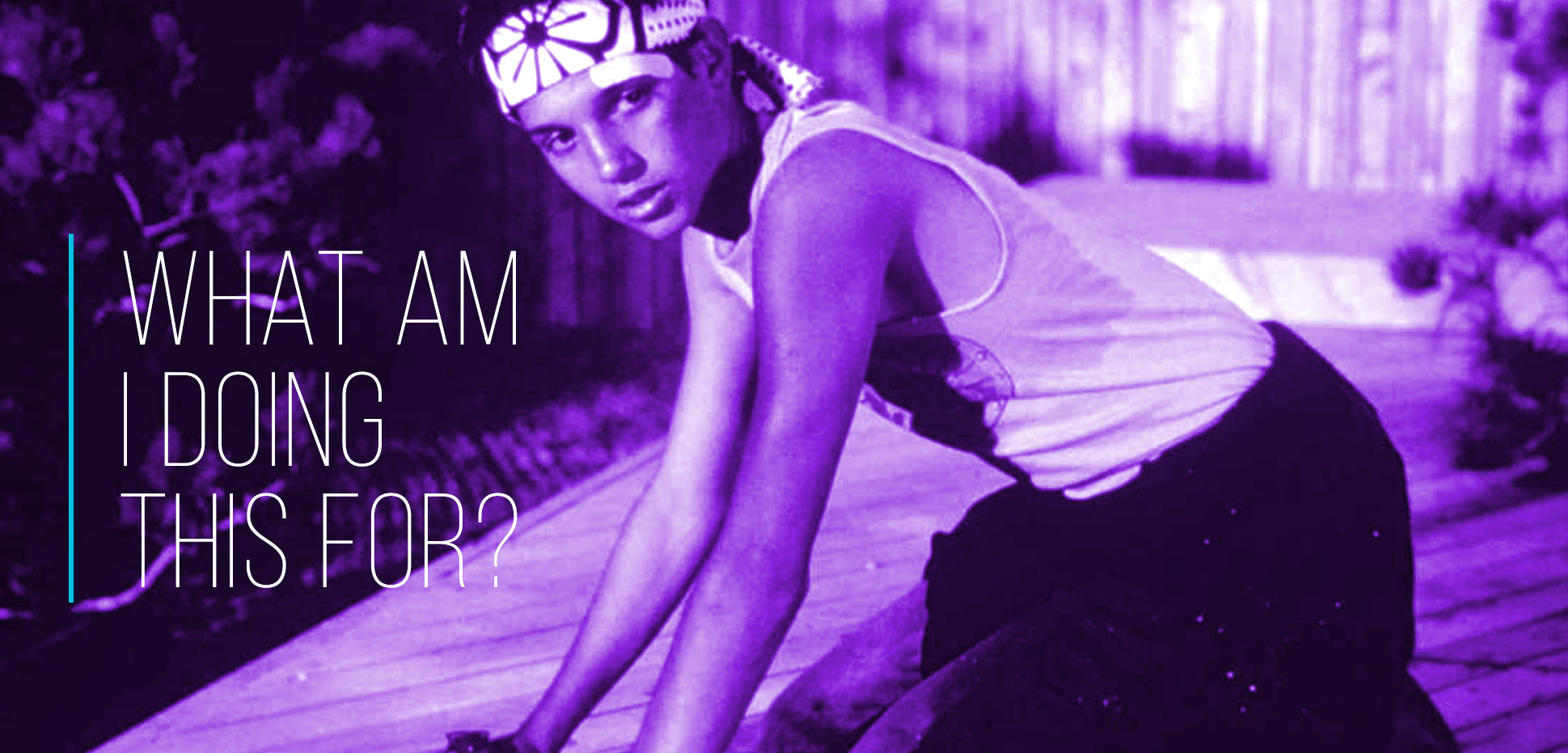
Rising to the challenge
The first challenge is getting everyone involved in the process. Design Sprints start with a lot of work on understanding the challenge. A common response is, we know all the information about what it is we’re trying to achieve, so why waste time getting it all down and analysing it? This is time you could be using to build or launch the thing you’re trying to create, right?
Time is precious, and getting key members of your team to sit and practise design thinking and problem solving for a number of days feels like a really hard sell. But it shouldn’t be.
If Daniel Larusso had skipped the necessary steps, he might have had some
Equally, if a silo within an organisation ploughs on and tries to solve a design challenge without consulting the rest of the team, they may have their successes, but ultimately it’s the team spirit of everyone coming together in the sprint which makes the most tangible difference.
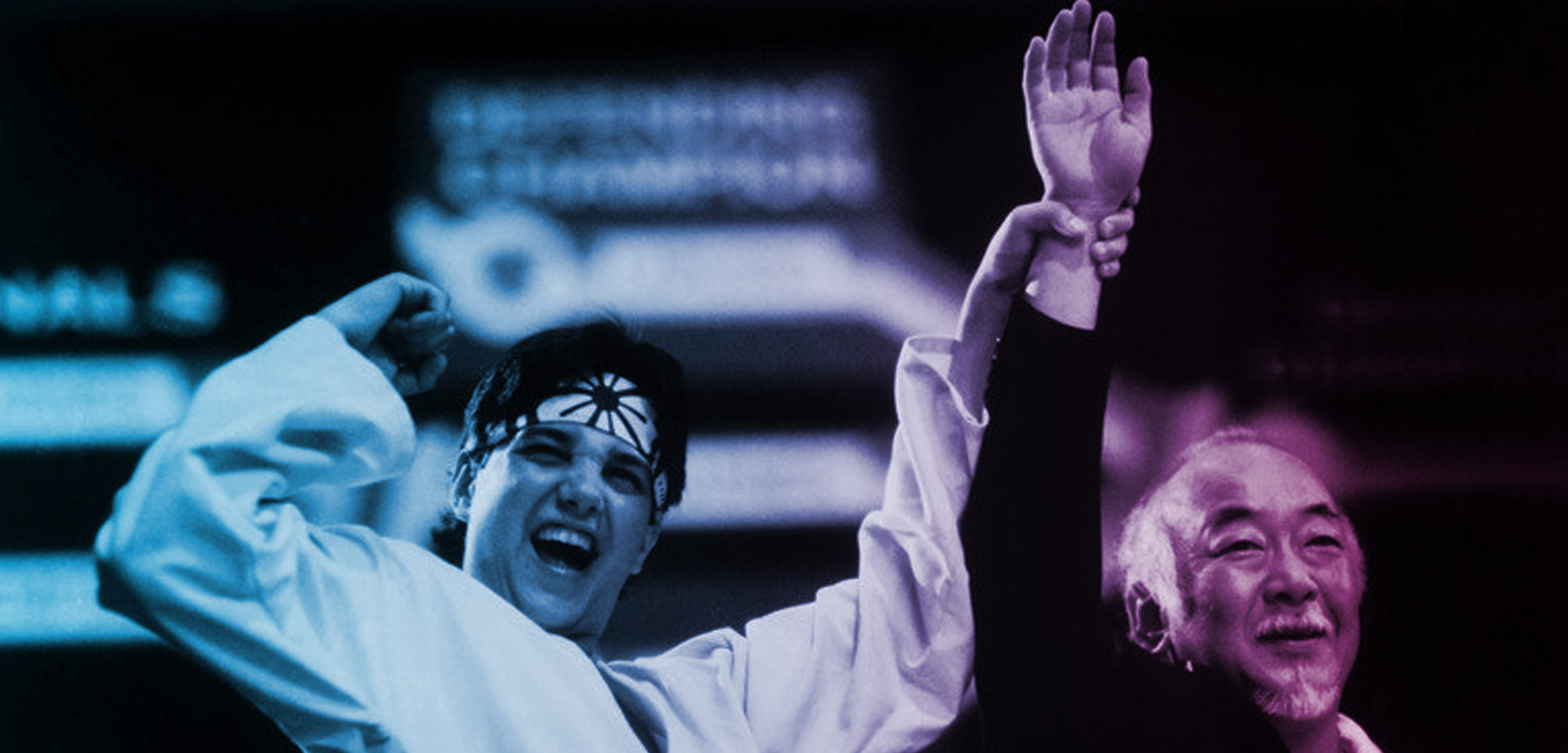
It’s a wrap
Just like a movie training montage, a Design Sprint is a way of achieving rapid, quality results in a short space of time. However, unlike a montage, the Design Sprint is real, it works. Unlike a 10-minute montage of images that actually compress months of hard work, a sprint really does take days.
That’s where the Design Sprint stands alone.
Miyagi knew it, we know it, and so should you.
There’s no easy way out, there’s no shortcut home, but there’s a method for rapid progression, it’s the best around, and it’s called the Design Sprint.
It’s the closest thing we’ll ever get to a montage in the digital age.
Cue the music, let’s learn Karate.





